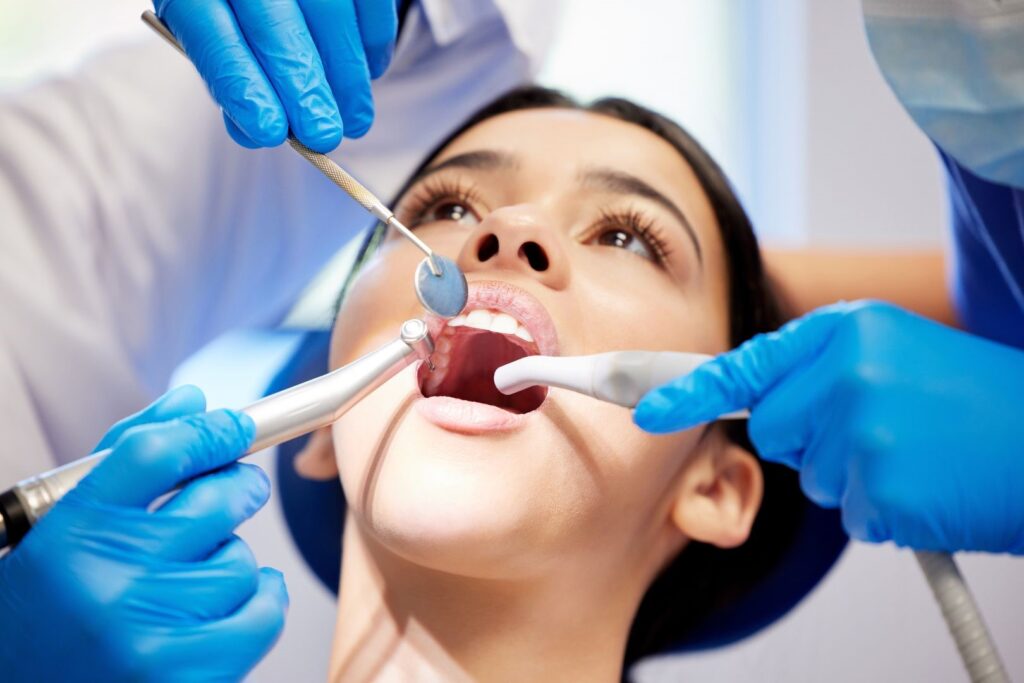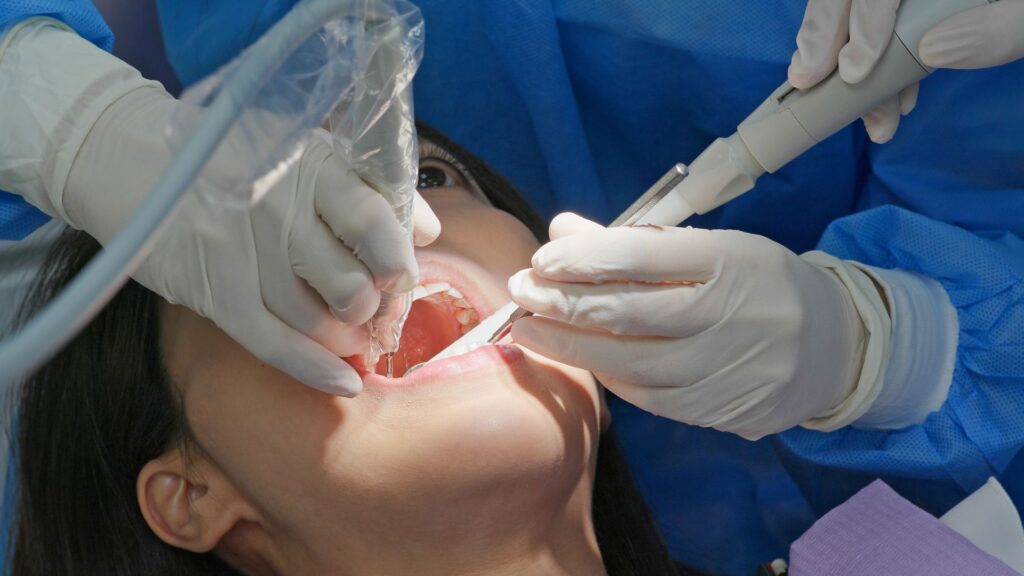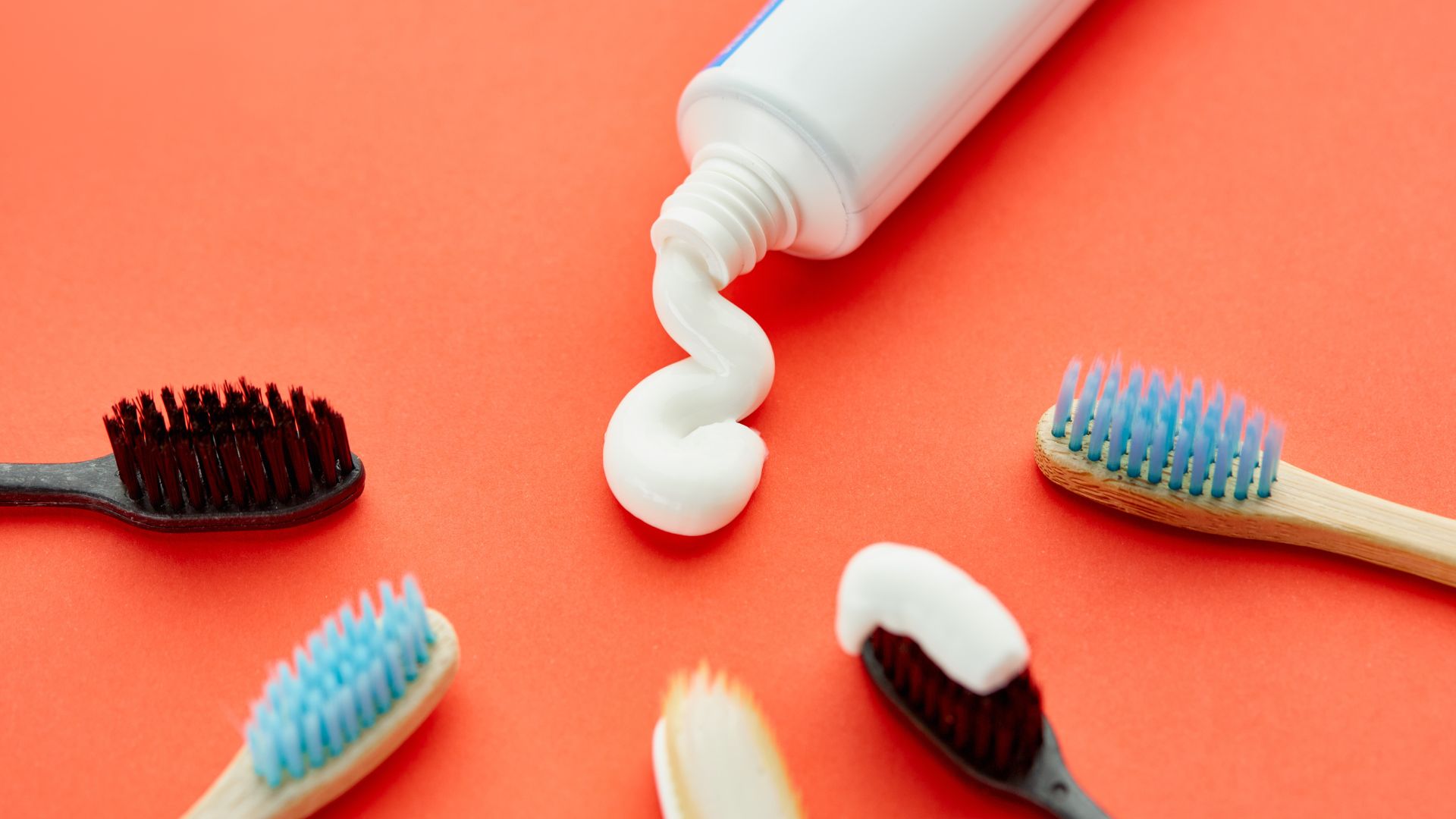How to Prevent and Treat Receding Gums Effectively

Receding gums, a condition where the margin of the gum tissue surrounding the teeth wears away, or pulls back, exposing more of the tooth or the tooth’s root, is a common dental issue that can lead to significant oral health problems if left unchecked. Often progressing silently, it may be easy to overlook until noticeable symptoms such as tooth sensitivity or longer-looking teeth emerge. Considering the importance of dental hygiene in overall health, understanding how to prevent and effectively treat receding gums is essential. It’s not just about preserving your smile; it’s about maintaining your health.
This article delves into the leading causes and signs of gum recession, alongside the most effective strategies for managing and treating this condition. From routine dental cleaning to more advanced techniques such as gum grafting, we’ll explore how to stop gum recession in its tracks. Furthermore, we provide preventative strategies to keep your gums healthy, including correct flossing techniques and other dental hygiene practices. Whether you’re looking to reverse the progression of receding gums or find ways on how to prevent receding gums from worsening, this guide will offer actionable advice, grounded in the latest dental health research.
Signs and Symptoms of Gum Recession

Pain and Sensitivity
You may first notice an increase in sensitivity to temperature and sweetness, which is often a primary indicator of receding gums. The exposure of the tooth root, a direct result of gum recession, can lead to discomfort when consuming hot, cold, or sweet foods and drinks. This sensitivity arises because the protective gum tissue that usually covers the root of your tooth has worn away, leaving the sensitive dentine exposed.
Noticing Longer Teeth
A visible sign of gum recession is the appearance of longer teeth. This occurs as the gum line recedes, exposing more of the tooth’s surface. You might also feel a notch at the gum line, indicating where the gum tissue has started to pull back from the tooth. This symptom is not only a cosmetic concern but also a clear sign that your gums need attention.
Formation of Gum Pockets
Gum recession often leads to the formation of periodontal pockets. These are spaces that form between the teeth and gums, fostering the accumulation of bacteria that can lead to further gum disease and tooth decay. If not addressed, these pockets can deepen, increasing the risk of infection and potential tooth loss. Periodontal pockets are measured in millimeters and their depth can indicate the severity of gum disease. A depth of 4 mm or more may suggest that gum tissue has detached significantly from the teeth.
By consulting with a dental professional and adopting a rigorous dental hygiene routine, you can help manage these symptoms and prevent further progression of gum recession. Regular dental check-ups and cleanings are essential to maintaining gum health and preventing the onset of more serious complications.
Managing and Treating Gum Recession

Professional Dental Cleaning Procedures
Professional dental cleanings play a crucial role in managing gum recession. Techniques such as scaling and root planing are employed to meticulously remove plaque and tartar build-up from below the gum line, which is vital for preventing further gum recession and periodontal disease. Regular dental visits, recommended at least every six months, allow for early detection and treatment of gum recession, potentially preventing the need for more invasive procedures.
Regenerative Treatments
Advancements in regenerative dental treatments have provided new hope for patients with receding gums. Treatments like Emdogain™ utilise enamel matrix proteins to stimulate the growth of new gum tissue, offering a less invasive alternative to traditional gum grafts. Similarly, the RejuvaGum Lift™ employs Advanced Platelet Rich Fibrin therapy to promote natural healing and gum regeneration without the need for tissue removal from other parts of the mouth.
Post-treatment Care and Maintenance
After undergoing treatments for receding gums, maintaining good oral hygiene is imperative to ensure successful healing and prevent future issues. Patients are advised to practice gentle brushing with a soft-bristled toothbrush and to use antiseptic mouthwash to reduce bacteria. It is also recommended to avoid smoking and adhere to a diet of soft, easy-to-chew foods to minimise stress on the gums during the healing process. Regular follow-ups with a dental professional are essential to monitor healing and manage any complications promptly.
Preventative Strategies for Gum Recession

Proper Brushing Techniques
As your dental health advisor, it’s crucial to highlight that effective brushing is foundational in preventing gum recession. Utilise a soft-bristled toothbrush and apply a pea-sized amount of fluoride toothpaste. Brush twice daily, focusing on all tooth surfaces and the gum line at a 45-degree angle. This technique not only cleans effectively but also minimises the risk of damaging your gums.
Diet and Lifestyle Modifications
Your dietary choices significantly impact your gum health. Incorporate foods rich in calcium, phosphorus, and vitamin C to strengthen gum tissue and prevent disease. Additionally, avoiding sugary snacks and beverages can reduce plaque build-up. Exercise regularly and maintaining a healthy weight also play a crucial role in preventing gum disease by enhancing overall health and immune function.
Regular Dental Visits
Regular check-ups with your dentist are essential. These visits allow for the early detection and treatment of potential gum issues before they escalate. Dental professionals can provide personalised advice on maintaining optimal oral hygiene and perform professional cleanings to remove plaque and tartar effectively. Regular dental assessments are not just preventative; they are an integral part of maintaining your overall health, given the link between oral health and conditions such as diabetes and heart disease.
Conclusion
Navigating through the complexities of receding gums reveals a pathway marked by both prevention and treatment, underscoring the pivotal role of dental hygiene in safeguarding our oral health. To prevent and treat receding gums effectively, exploring various dental care options can be highly beneficial. One such option involves the use of toothpaste formulated with natural enzymes. These enzymes play a crucial role in maintaining oral health by breaking down food particles and reducing plaque buildup, which can be particularly helpful in managing gum health.
Enzyme-based toothpastes offer gentle yet effective cleaning. This is especially important for individuals dealing with receding gums, as harsh abrasives can further irritate sensitive gum tissue. The natural enzymes in these toothpastes help maintain a clean oral environment without causing additional damage or discomfort to the gums.
Furthermore, certain enzymes possess anti-inflammatory properties that can support the natural healing processes of the gums. By reducing inflammation and promoting tissue health, enzyme-based toothpaste can be a valuable addition to your oral care routine. This approach not only helps in preventing further gum recession but also contributes to overall gum health.
For those seeking a mild and natural alternative to traditional toothpaste, considering enzyme-based products can be a worthwhile option. Researching reputable brands that utilise these innovative formulations can provide additional benefits and complement your existing dental care practices.


